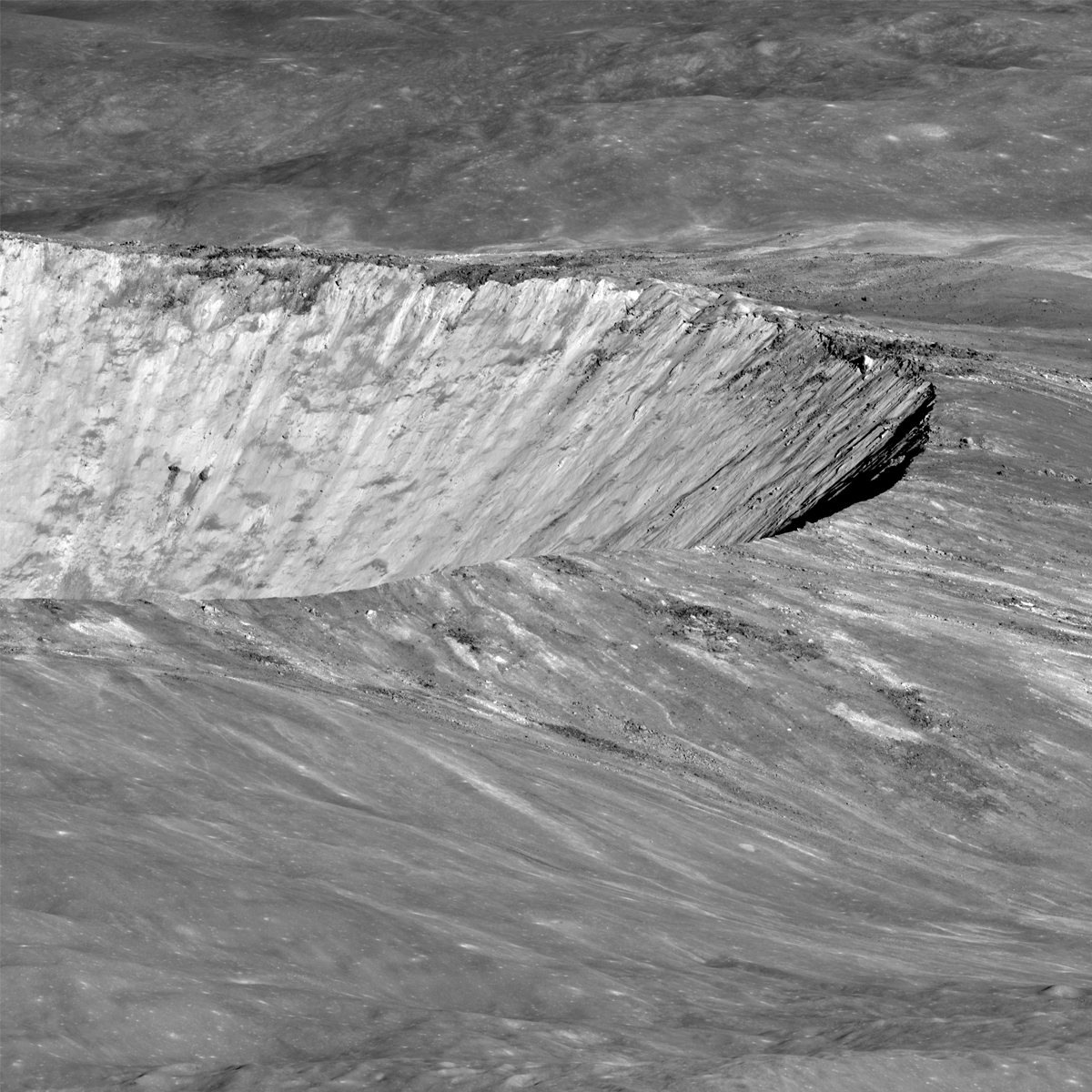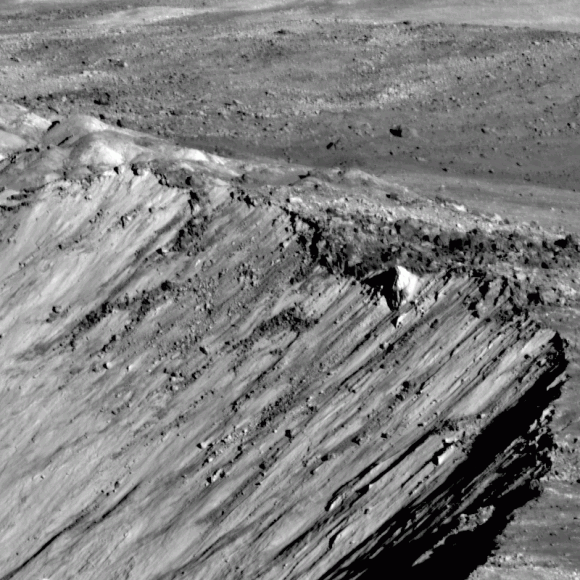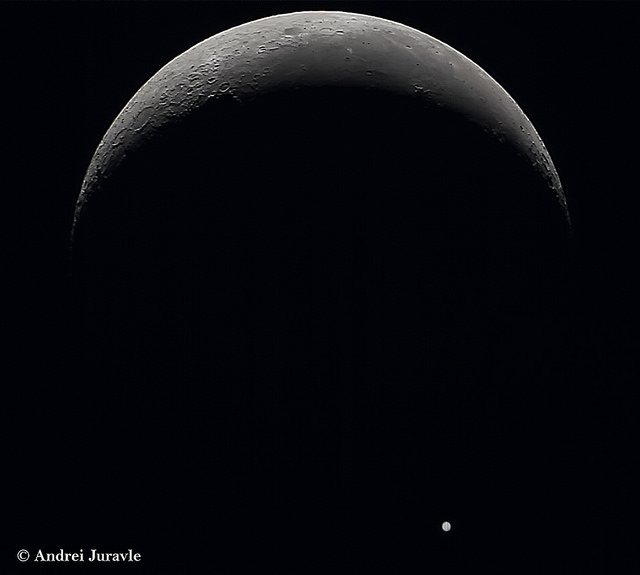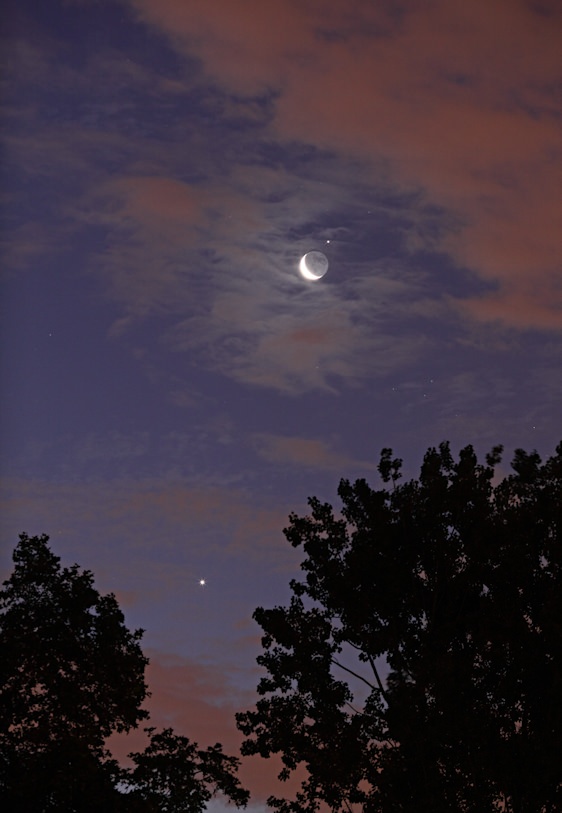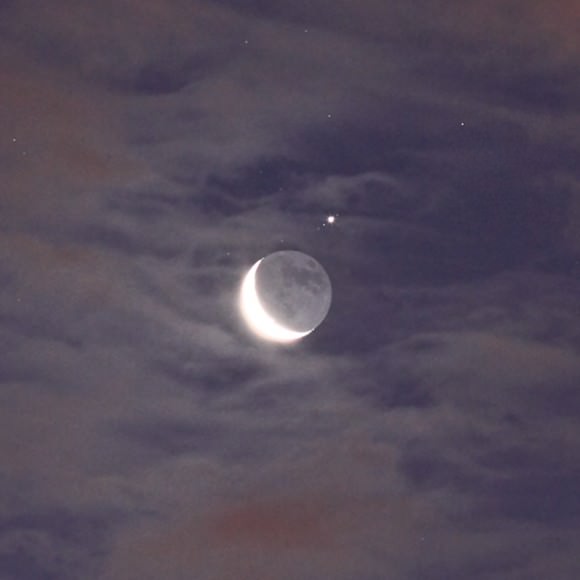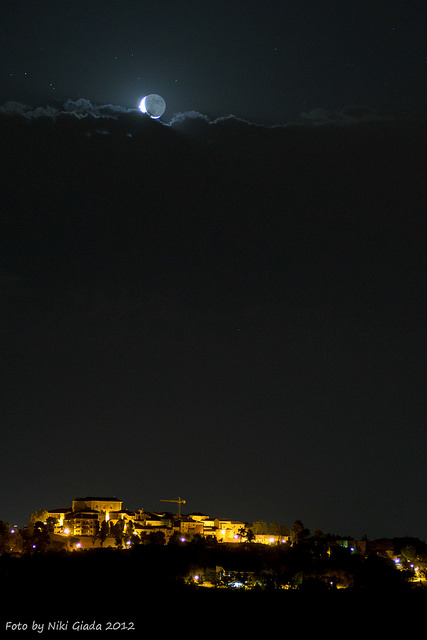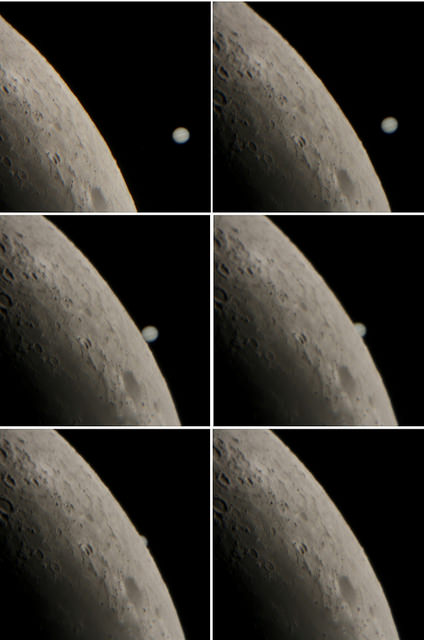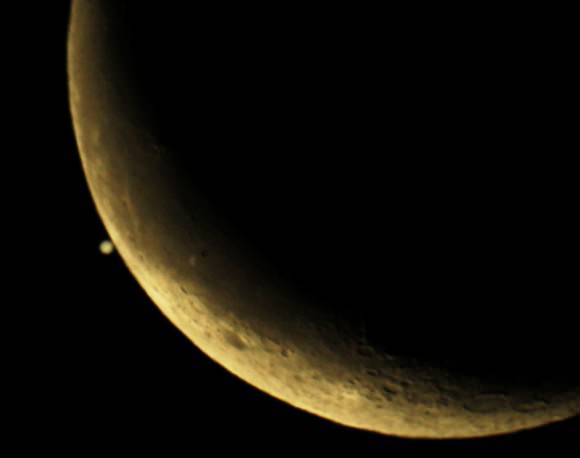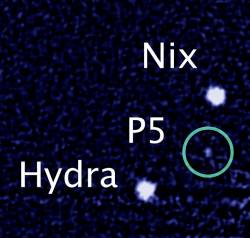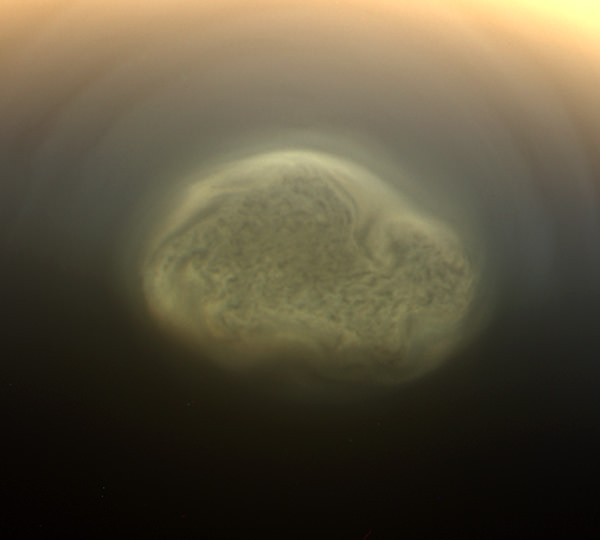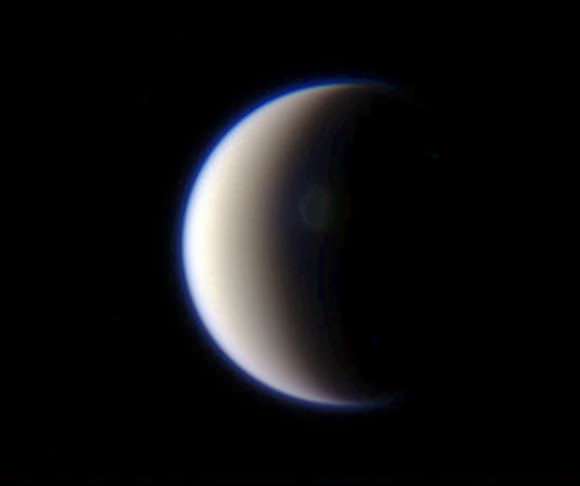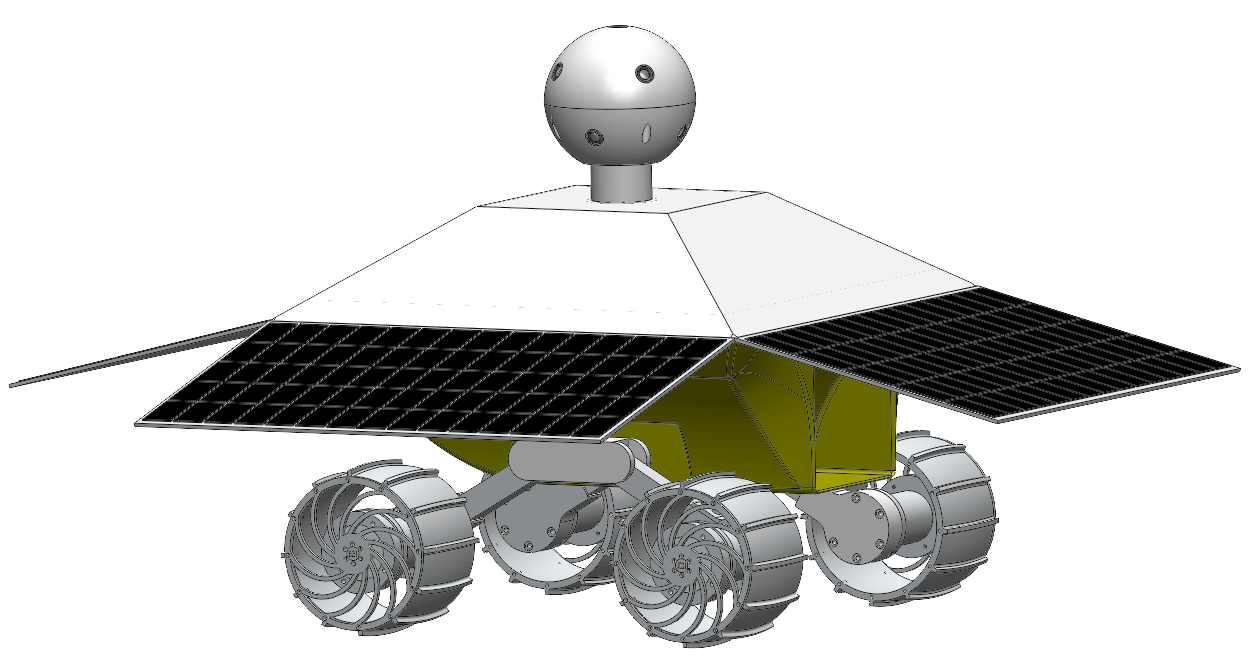Using the dim light of distant stars reflecting off of the surface of the Moon, scientists using a spectrometer aboard NASA’s Lunar Reconnaissance Orbiter have found traces of the Moon’s tenuous atmosphere. But don’t expect to take off your protective spacesuit. The Moon’s atmosphere is made of helium.
“The question now becomes, does the helium originate from inside the Moon, for example, due to radioactive decay in rocks, or from an exterior source, such as the solar wind.” says Dr. Alan Stern, LAMP principal investigator and associate vice president of the Space Science and Engineering Division at Southwest Research Institute, Boulder, Colo.
Scientists designed the Lyman Alpha Mapping Project (LAMP) spectrometer aboard LRO to map the lunar surface but the confirmation that helium surrounds Earth’s largest natural satellite was a bonus, Stern told Universe Today.
“LAMP was designed to simply do what we had not done in 40 years; to look closely at the surface of the Moon,” Stern said. “This really is a breakthrough, a capability discovery.”
LAMP’s findings support work done by the Lunar Atmosphere Composition Experiment, or LACE, that was left behind by Apollo 17 astronauts in 1972. LAMP is designed to examine far ultraviolet emissions in the tenuous atmosphere above the Moon’s surface.
Some elements found on the Moon, such as carbon or sodium, can be studied from Earth. Helium is not one of these, Stern says. Helium only shows very weakly in the far ultraviolet part of the spectrum. The signature is too weak to be seen from the 250,000 miles separating the Moon from Earth. Earth’s ozone layer also absorbs ultraviolet radiation making detection from ground-based detectors impossible.
And with LAMP moving over the lunar surface, we can see more than we’d see with a simple lander, Stern said.
During its mission, LACE detected argon but so far only helium has been confirmed from LAMP’s spectrograph. Although, the noble gas argon is much fainter than helium to the spectrograph, LAMP will seek this and other gases as well.
John Williams is a science writer and owner of TerraZoom, a Colorado-based web development shop specializing in web mapping and online image zooms. He also writes the award-winning blog, StarryCritters, an interactive site devoted to looking at images from NASA’s Great Observatories and other sources in a different way. A former contributing editor for Final Frontier, his work has appeared in the Planetary Society Blog, Air & Space Smithsonian, Astronomy, Earth, MX Developer’s Journal, The Kansas City Star and many other newspapers and magazines.
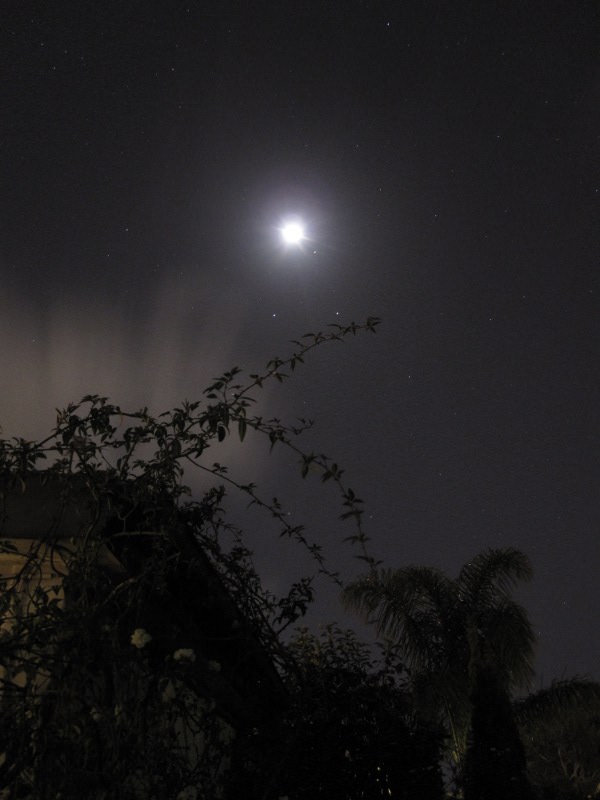


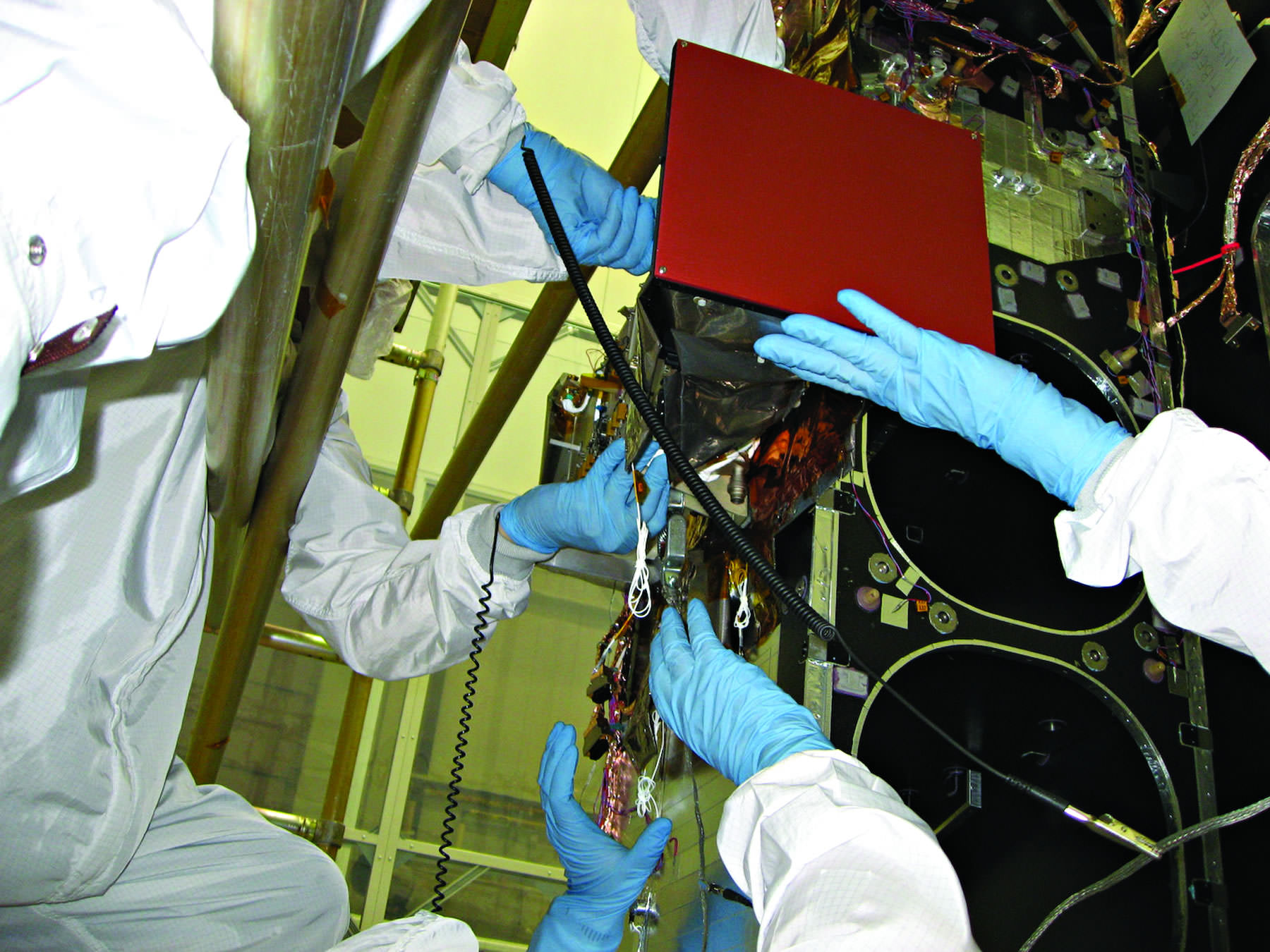

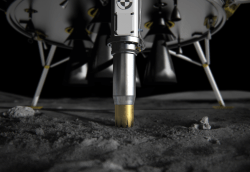 Although Lunar Lander will be an unmanned robotic explorer, the mission will be a forerunner to future human exploration of the Moon as well as Mars. Lunar Lander will use advanced technologies for autonomous landing and will be able to determine the best location for touchdown on its own, utilizing lasers to avoid obstacles on the Moon’s surface.
Although Lunar Lander will be an unmanned robotic explorer, the mission will be a forerunner to future human exploration of the Moon as well as Mars. Lunar Lander will use advanced technologies for autonomous landing and will be able to determine the best location for touchdown on its own, utilizing lasers to avoid obstacles on the Moon’s surface.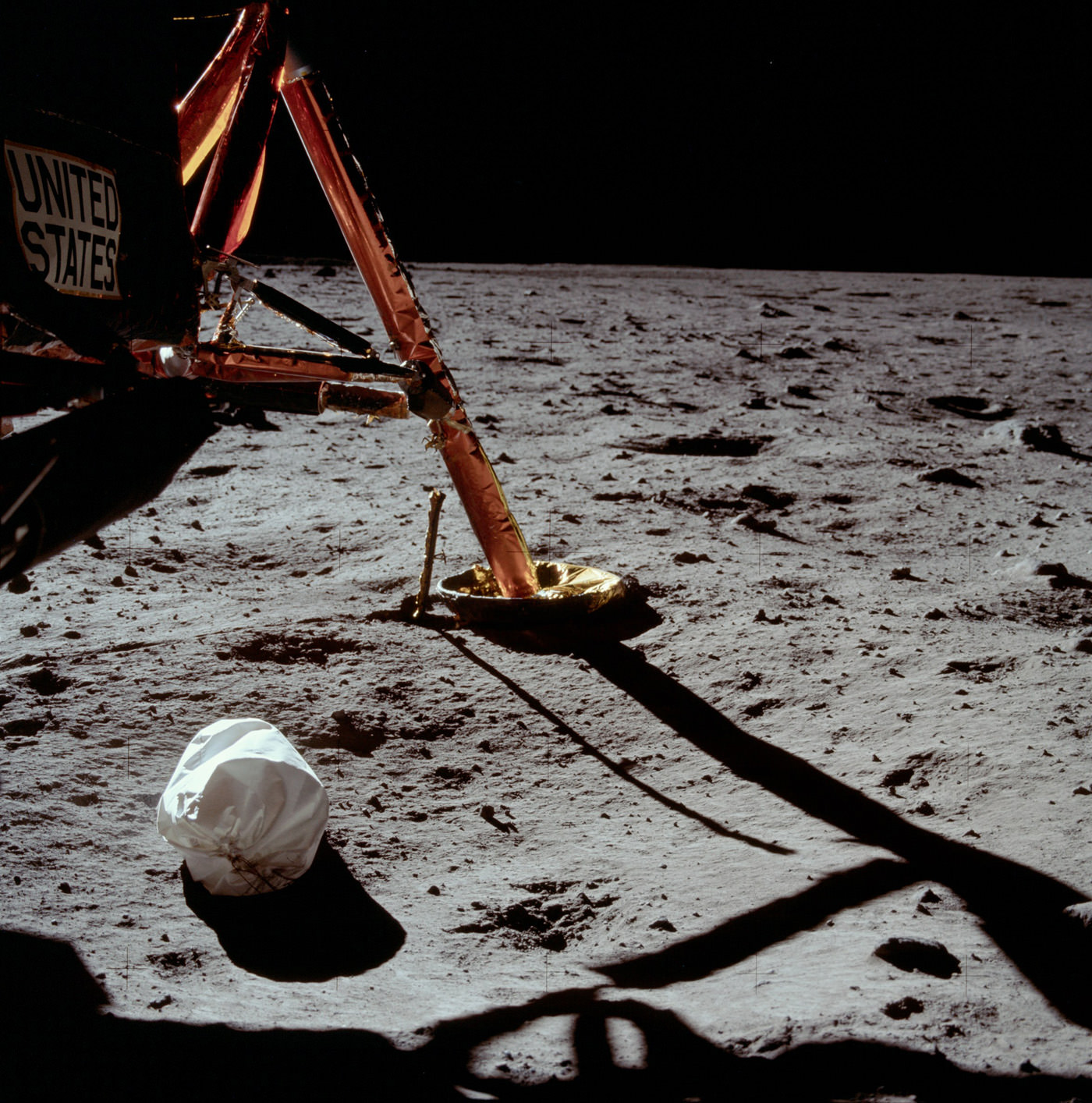
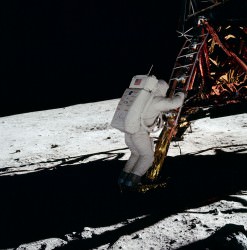 After this image, Armstrong took several more images of the surrounding landscape before fellow astronaut Edwin “Buzz” Aldrin, Jr. exited the module as well. The third man on the mission, Michael Collins, remained in lunar orbit piloting the command module Columbia.
After this image, Armstrong took several more images of the surrounding landscape before fellow astronaut Edwin “Buzz” Aldrin, Jr. exited the module as well. The third man on the mission, Michael Collins, remained in lunar orbit piloting the command module Columbia.